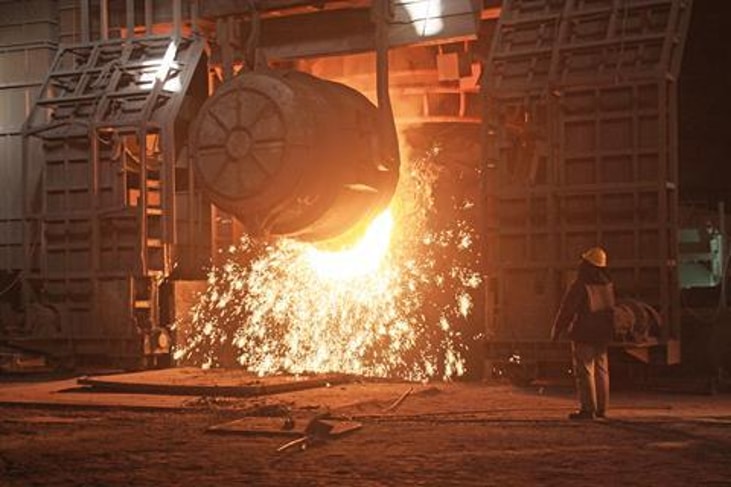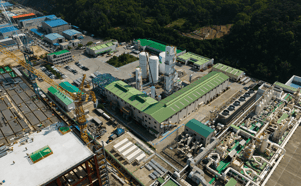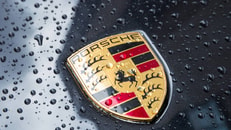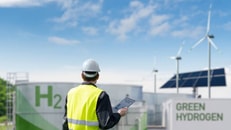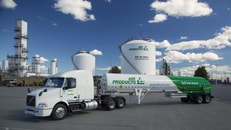Lhyfe and Swiss Steel’s UGITECH ink deal for green steel
Steel production group Swiss Steel has revealed that it will integrate green hydrogen into its steel manufacturing process at its Ugitech plant in Ugine after signing a deal with Lhyfe, who will deploy its green hydrogen production technology at the plant.
The company aims to replace natural gas in various thermoprocessing equipment such as burners, reheating furnaces and heat treatment furnaces. By transitioning to green hydrogen, the company said that it could avoid up to 16,000 tonnes of carbon dioxide (CO2) emissions each year from the production of its 200,000 tonnes of steel.
According to the agreement, Lhyfe’s production unit will generate up to 12 tonnes of green hydrogen per day with a maximum electrolysis capacity of 30 MW (megawatts).
“The steel sector is a major consumer of fossil fuels and is one of the industrial sectors that should be decarbonised as a priority,” said Philippe Desorme, Vice CEO at Lhyfe.
... to continue reading you must be subscribed

